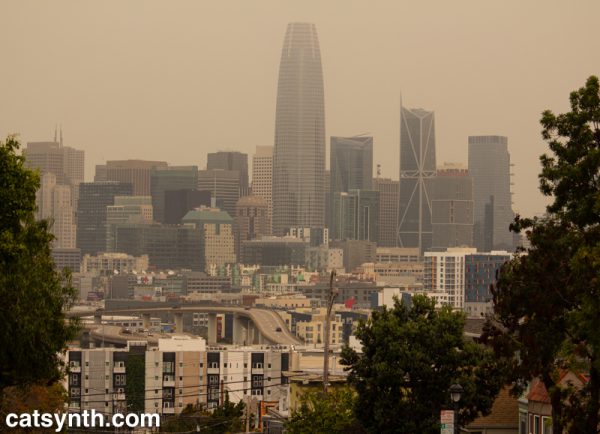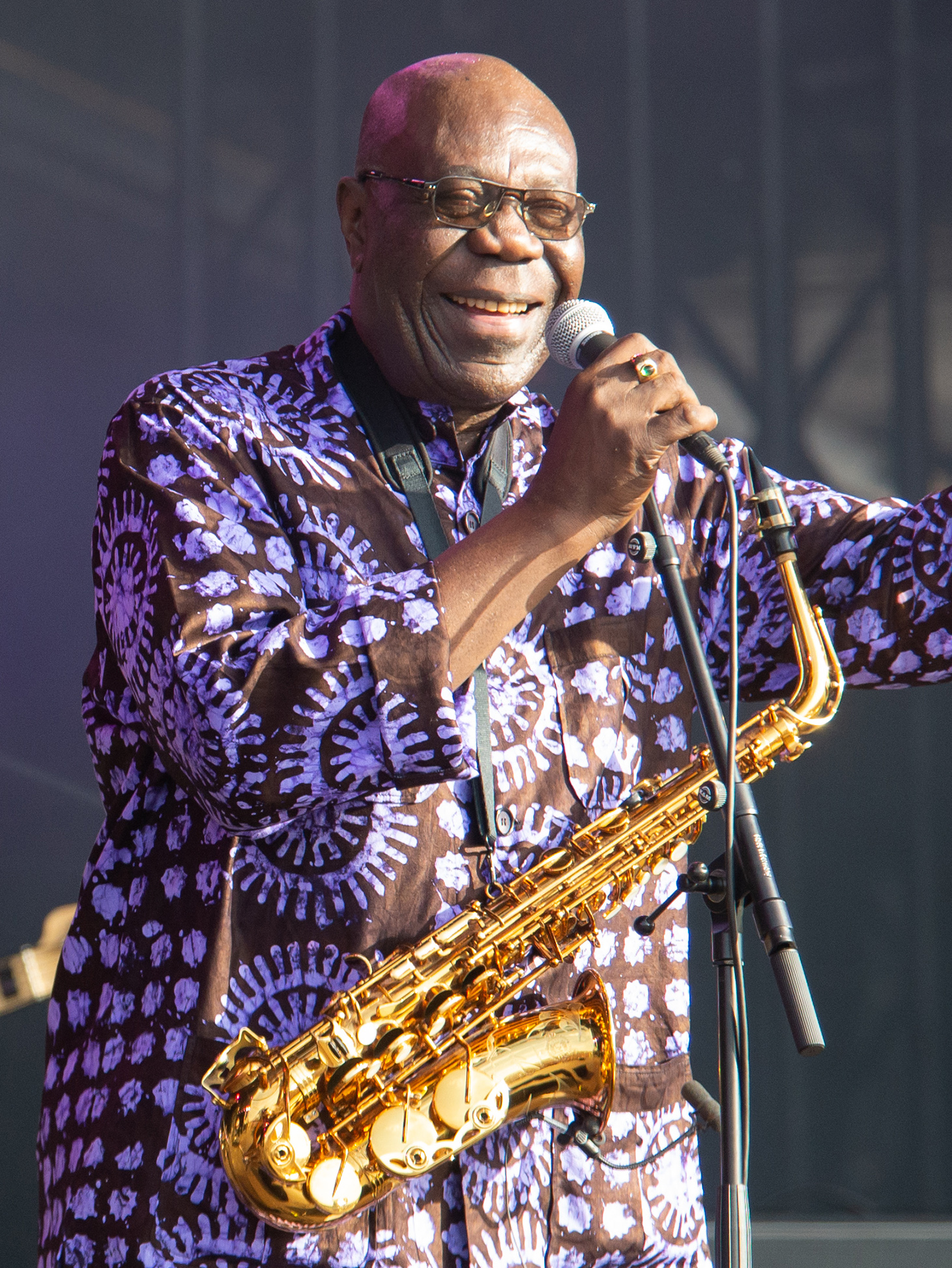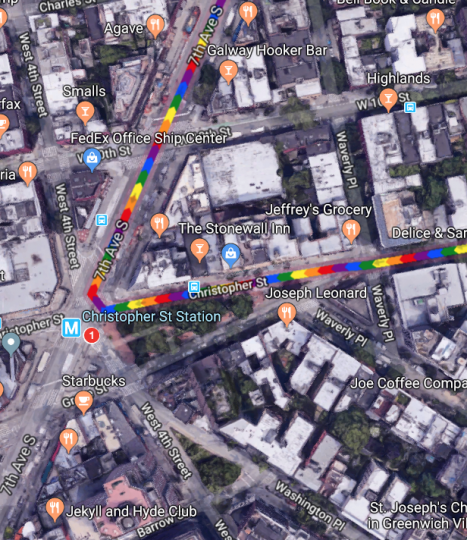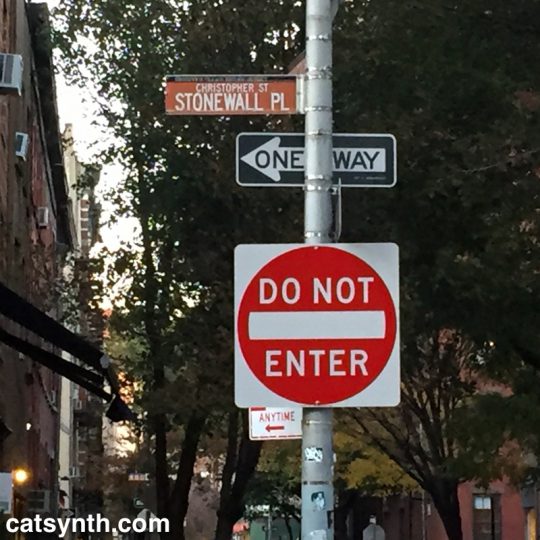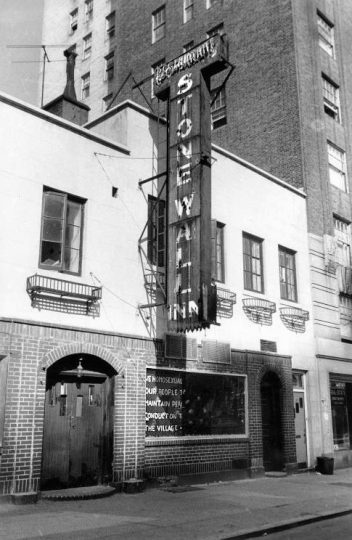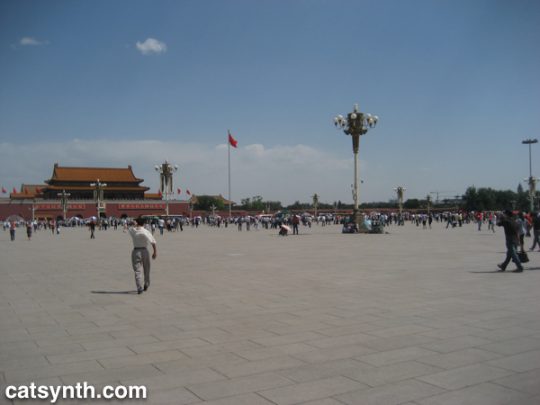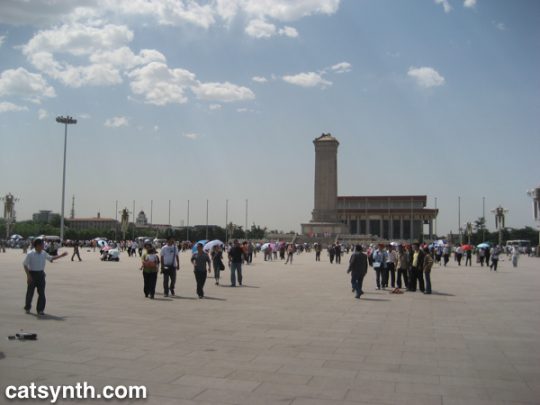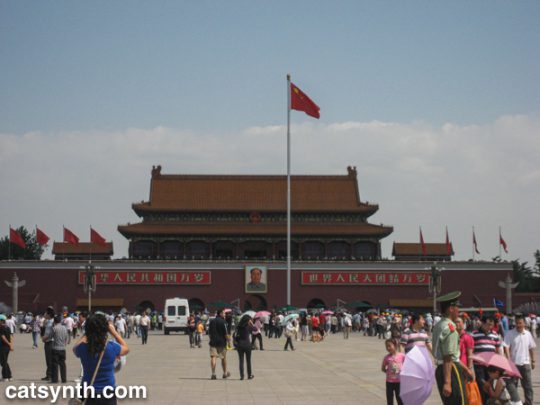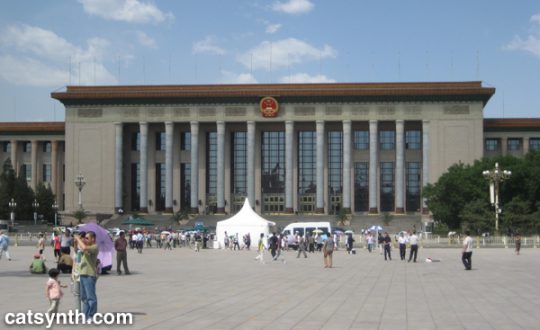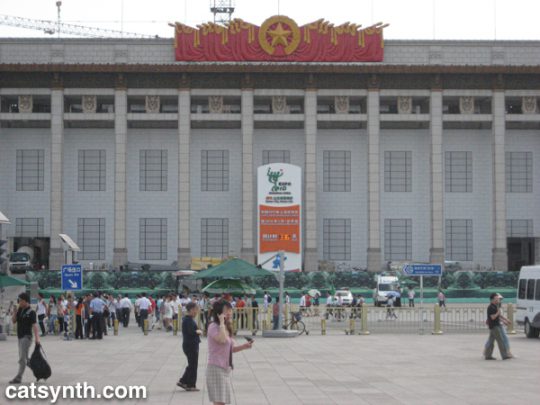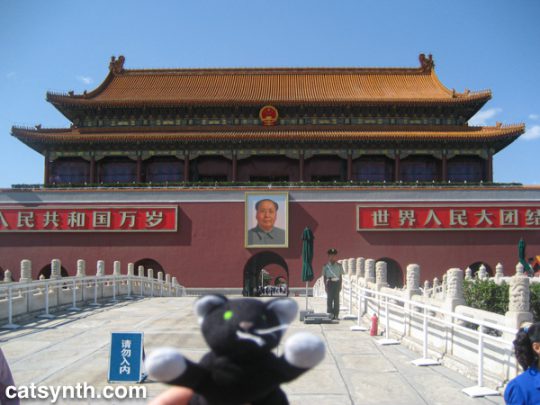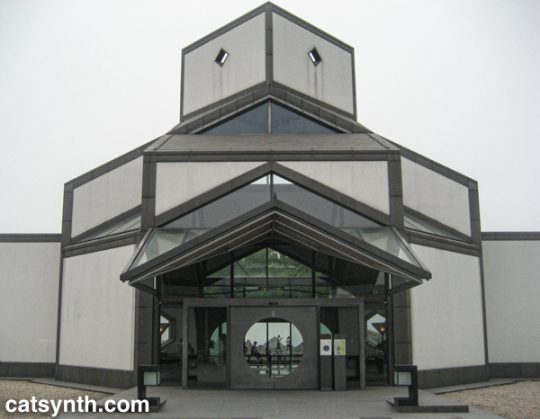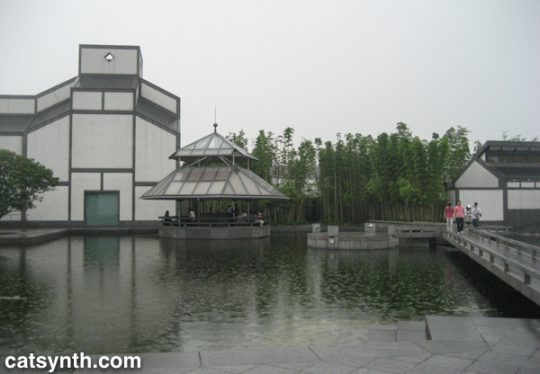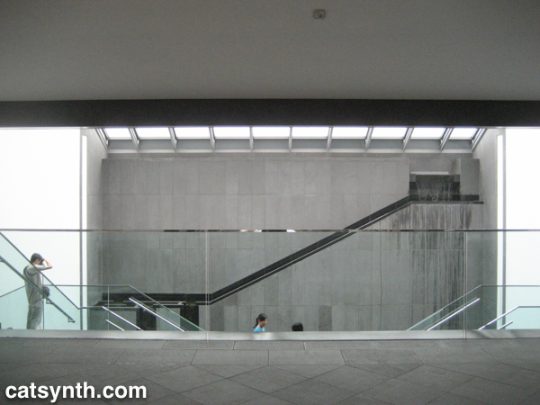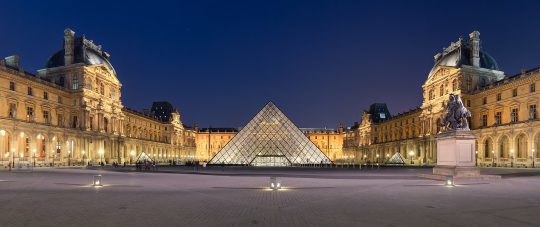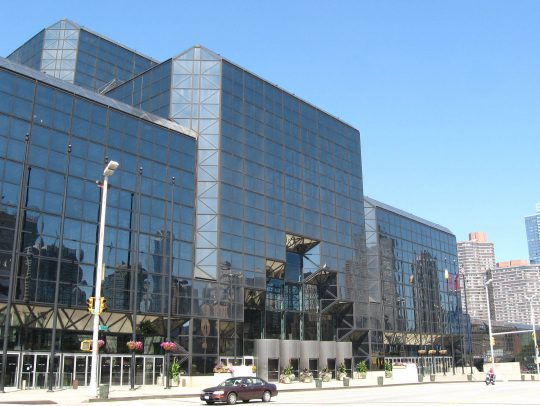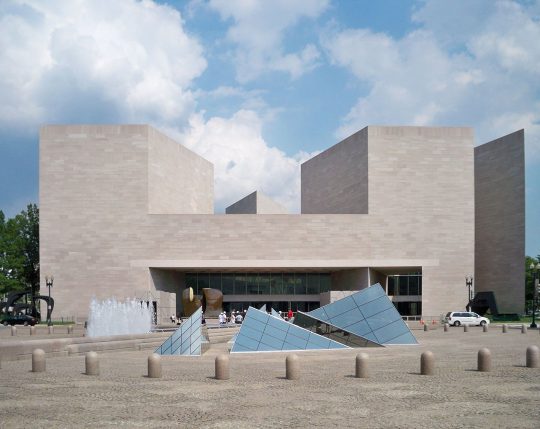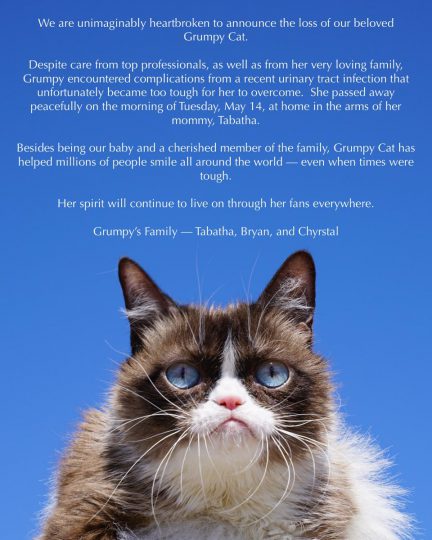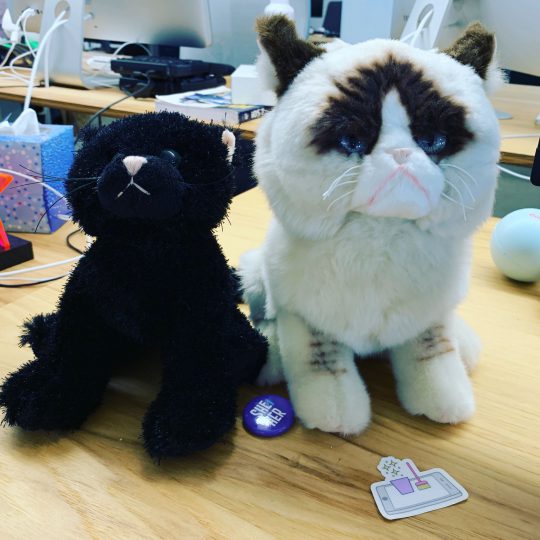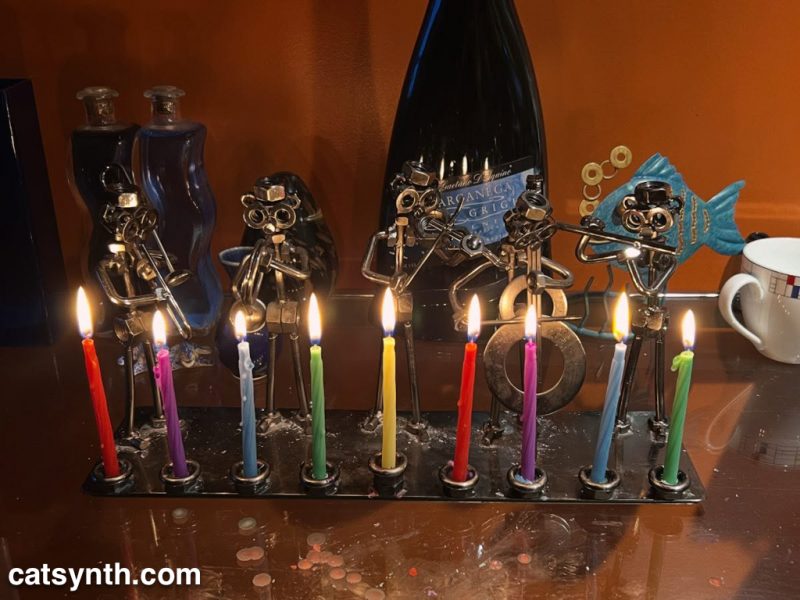
Tonight marks the final night of Hanukkah. A particularly poignant one given the tragedy that unfolded in Australia just one week ago, as people gathered on a beach to celebrate the first night of the Festival of Light.
Honestly, I was not feeling it at all last Sunday. In addition to the many tragic events one after another, I was still recovering from a nasty ailment that had me completely down for the previous week. I was just drained. But I was reminded that it was ultimately important to light the candles, maybe even more so to symbolize both resilience and defiance. It’s a difficult time to be Jewish, just as it’s a difficult time to be queer or trans. Which makes it all the more important to be openly and defiantly Jewish and light these candles for eight nights. No matter how much some people hate us, or kill us, or try to co-opt us for their own nefarious purposes, we are still here, and we are ourselves.
As always, I brought out my somewhat idiosyncratic menorah with musicians fashioned from metal hardware. I think it perfectly characterizes both the music and modernism here at CatSynth. And it seems to be a hit with friends online.
The Hanukkah origin story is itself one of Jewish defiance, but in some ways, a very uncomfortable kind. It celebrates the triumph of religious fundamentalists over the more cosmopolitan Greek/Syrian/Jewish state. If anything, my own celebration in this time is the opposite of the original legend, i.e., as a more cosmopolitan Jew against the more fundamentalist and nationalist forces casting darkness over the United States and other parts of the world at this time.
As the holiday draws to a close, just as we pass the winter solstice, we can look forward to the days once again growing longer and a couple of quiet weeks of calm, care, music, and, of course, cats.
We at CatSynth wish everyone a happy holiday season, however you choose to celebrate!


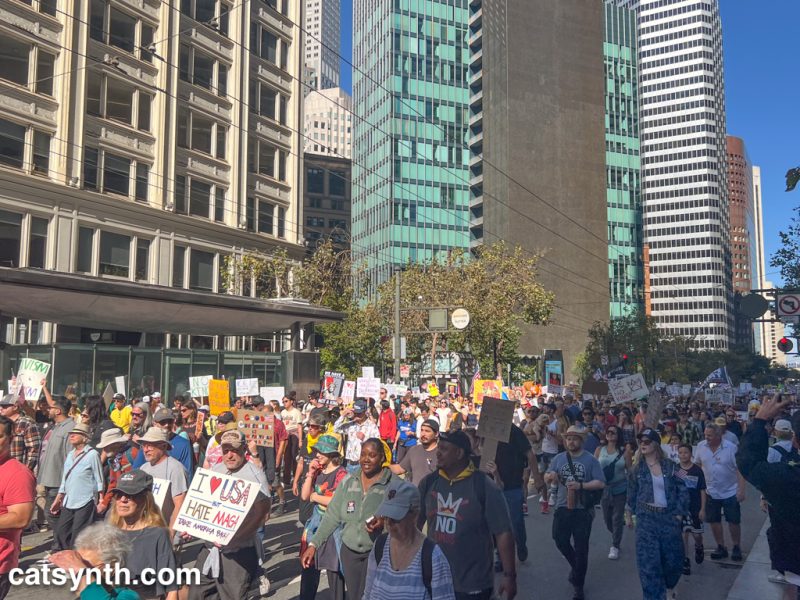





 Downtown Philadelphia lies between two rivers, the larger Delaware and the smaller Schuykill. It is further boxed in by three major freeways, I-95, I-76, and I-676 / US 30. Just south if I-676 (which enters the city from the east on the Benjamin Franklin Bridge from New Jersey) are the famous historic sites including Independence Hall, where both the Declaration of Independence and the U.S. Constitution where written.
Downtown Philadelphia lies between two rivers, the larger Delaware and the smaller Schuykill. It is further boxed in by three major freeways, I-95, I-76, and I-676 / US 30. Just south if I-676 (which enters the city from the east on the Benjamin Franklin Bridge from New Jersey) are the famous historic sites including Independence Hall, where both the Declaration of Independence and the U.S. Constitution where written.





